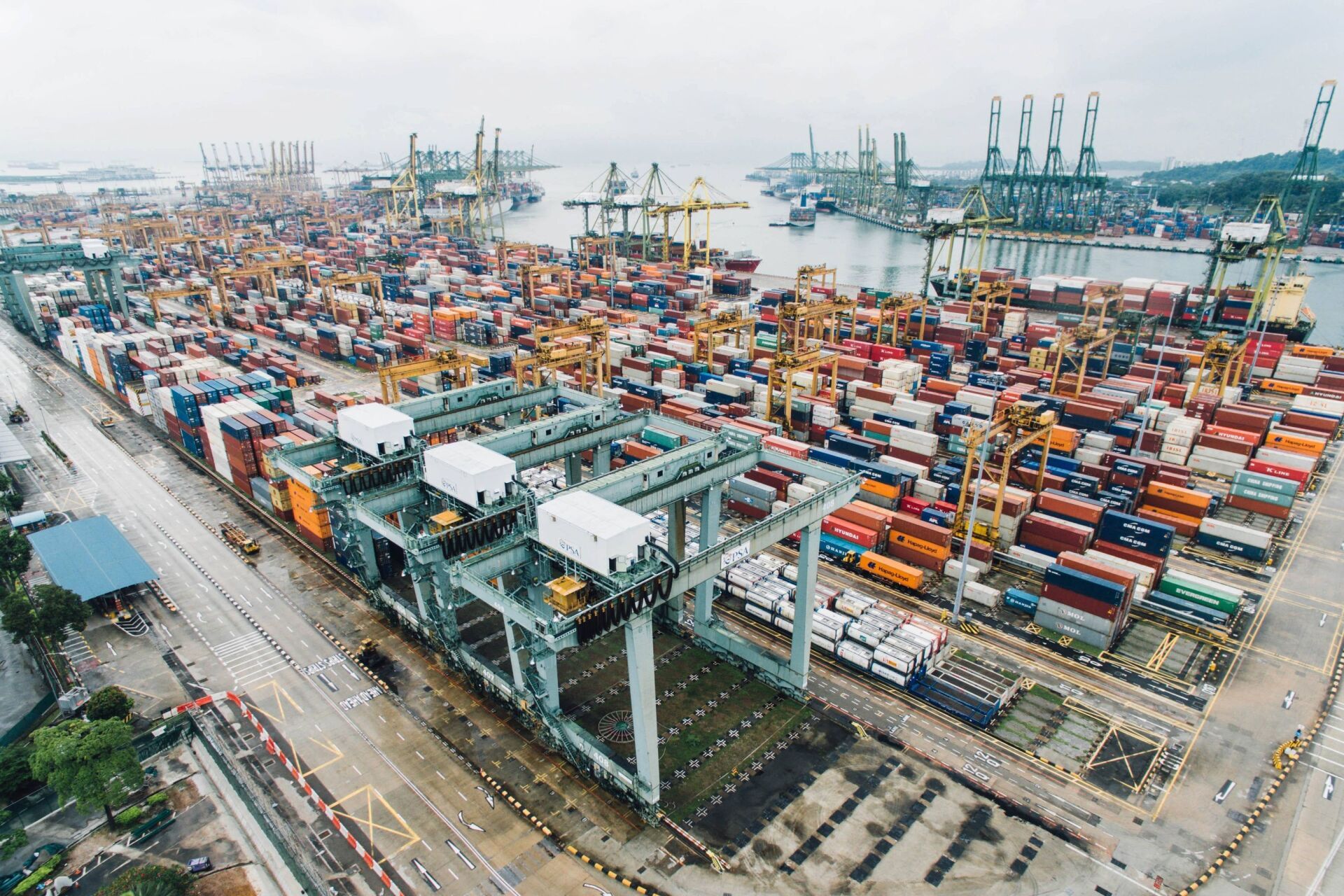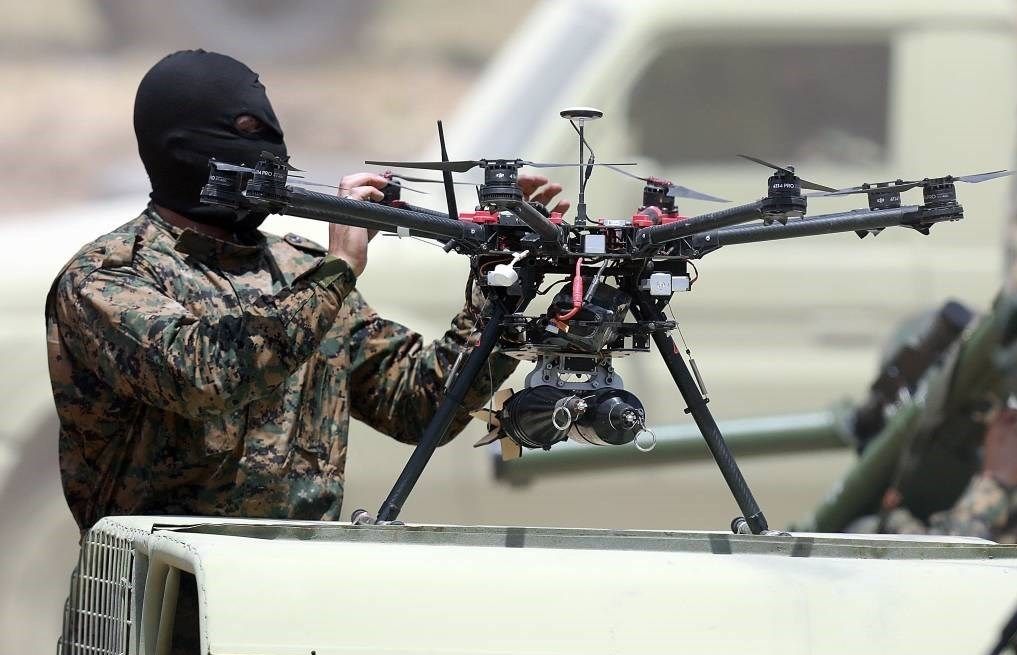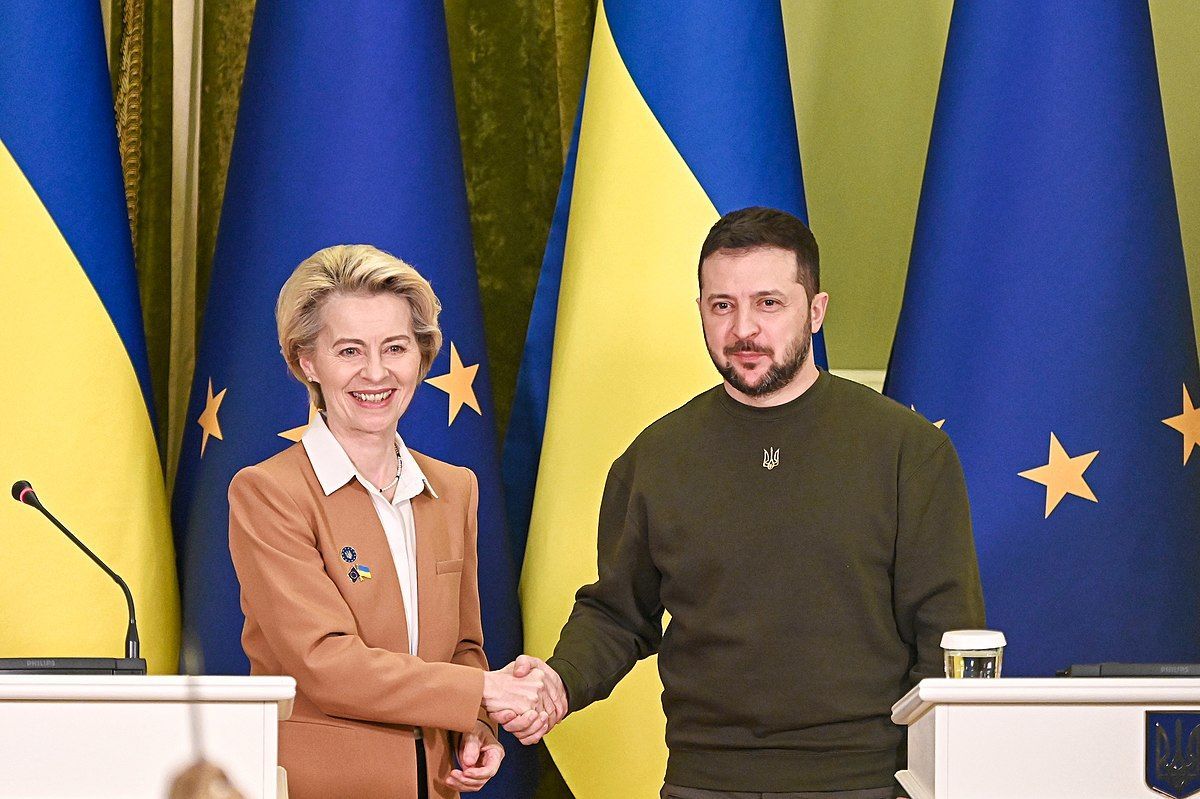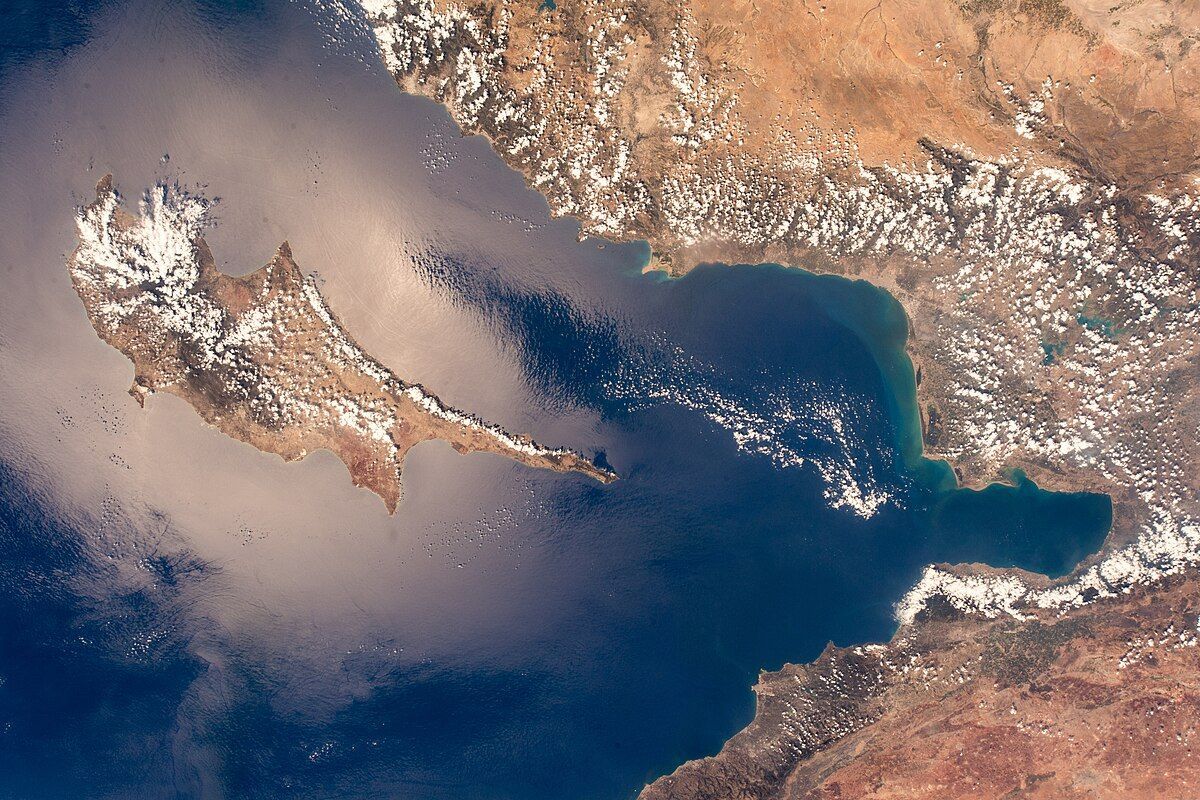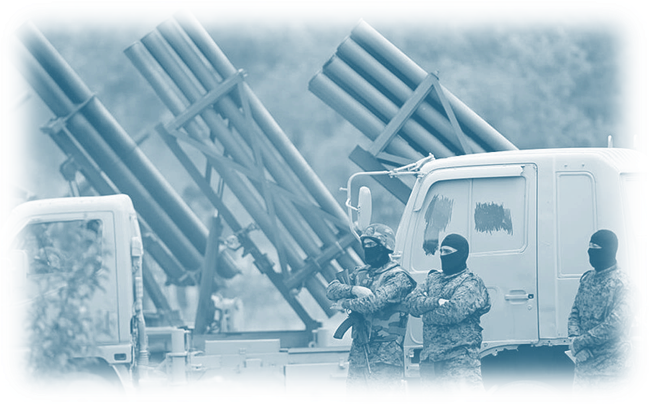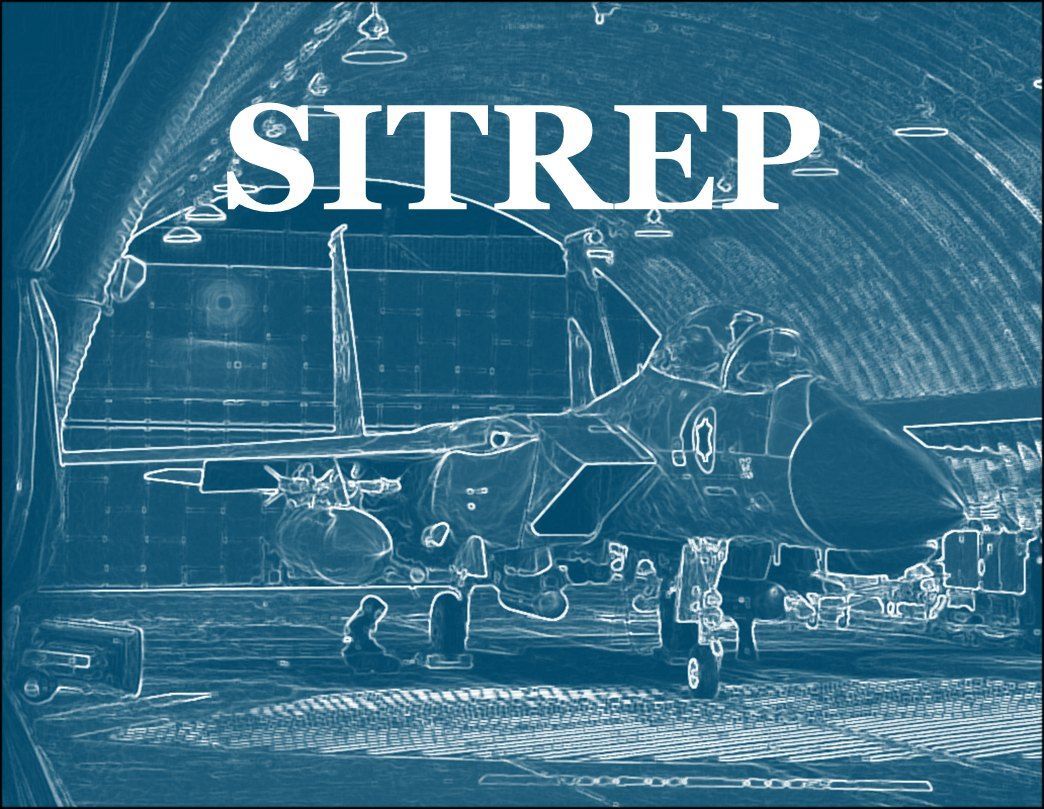20 January 2021
Also Available as a PDF:
According to many scholars, economic interdependence can help foster international peace, but does this optimistic theory stand up to further scrutiny?
Introduction
A recent report by the European Union Chamber of Commerce in China outlines how the Asian nation has strategically managed its trade interdependence with the world. Through this strategic approach China has managed to limit its exposure to foreign interference despite the ongoing trade war with the United States, even increasing its trade surplus and exports in 2020. The report called: Decoupling: Severed ties and patchwork Globalisation, further points out the increasing tensions surrounding trade with China and the amalgamation of geopolitical power politics, conflict, and trade. Although insightful, the report simply represents the latest attempt at analysing economic interdependence and conflict. As a result, it is necessary to couple it with the latest academic theories in International relations on economic interdependence and conflict.
The idea that trade can limit conflict has long been a pervasive one, tracing its origins back to antiquity, with Plutarch arguing that international trade brought prosperity, cooperation, and friendship. Its modern interpretation has been attributed to Immanuel Kant and his ideas of trading and peaceful nations, as well as Richard Cobden who argued for free trade and pacifism. Following the devastation of two world wars, leaders in the West strove to limit the potential of future military conflict by forging lasting economic and international relations between nations, first under Woodrow Wilson and later under Franklin D. Roosevelt. The relative success of the post-Bretton Woods world order to maintain peace in Europe and the Cold War's eventual end without large scale military action further bolstered the Liberal academic claim that trade limits conflict. However, this claim has come under repeated critique from both Marxist and Realist academics.
In broad strokes, the academic literature can be divided into these three camps. The Liberal view is that trade limits conflict both dyadic and systemic by increasing the opportunity cost of conflict and making diplomatic solutions a better alternative to war. Several Liberal academics also stress the importance of international institutions, the idea that democratic nations are less likely to have conflict between each other and the utility of trade as a signalling tool in diplomacy as vital parts of the interdependence debate. Realist academics broadly see trade as a less important area of foreign affairs and see it as being affected by other developments, not as a factor itself. Some newer Realist scholars go beyond this point and argue that trade as a tool can increase the likelihood of conflict instead of limiting it. This view has most notably been discussed by Katherine Barbieri in her works on economic interdependence. Other Realist scholars such as John Mearsheimer sees economic interdependence as a potential source of conflict with states willing to risk conflict to maintain access to resources, markets and goods. This Realist approach to interdependence shares the Neo-Marxist view, that nations are willing to use force in order to maintain their access to foreign markets and resources. Eduardo Galeano most notably proposed this theory in his influential work Open Veins. His dependency theory takes a staunchly anti-globalist view, anchored in a Cold War framework of First, Second and Third World Countries, seeing economic interdependence as exploitative towards underdeveloped nations. This considerable divergence in the literature and the opposing views on interdependence and trade stems largely from scholars' different definitions and approaches.
The first definitional problem is what constitutes a conflict, whether it is only related to military conflict between dyadic states, between superpowers or within nations. The most common definition used is militarized interstate disputes (MIDs), which can be seen in the work of Barbieri, Mearsheimer, Copeland and several other Liberal and Realist scholars. Other scholars focus on the conflict between superpowers as seen in the work of Graham Allison, Stephen G. Brooks and Thomas J. Christensen. This view is challenged by the newer scholarship on conflict, which argues that modern conflict is less about interstate conflict and instead about ethnic, political and intrastate disputes as is seen in Mary Kaldor’s work and that of Paul Collier and Anke Hoeffler.
The second big divergence is that of political systems, most clearly seen in the concept of democratic peace theory, and the difference between capitalist, mercantilist or state-controlled economic systems. The third definitional issue is in the temporal and spatial approach to case studies, primarily separated in pre-WW1, post-WW2 and post-Cold War use of case studies. Finally, the last definitional problem concerns interdependence, whether there are differences in asymmetrical and symmetrical interdependence, and if the salience of traded goods plays a role. There are also newer approaches that try to bridge the divide between Realist and Liberal approaches. These focus mainly on the impact of the globalization of supply chains, as seen in Brooks's work and Copeland's economic expectation theory.
This essay will argue that the Liberal view that economic interdependence limits conflict, is only partially true. Instead, economic interdependence is one of several factors that can either increase or decrease conflict potential. The first part of this essay will look at the definitional problems of economic interdependence and conflict. Following on from Barbieri and Copeland's work, I will argue that the salience of trade and the symmetry of interdependence plays an essential role. I will then look at the different economic systems and whether there is a difference between capitalist, state-controlled and mercantile systems concerning economic interdependence. After this, I will look at the theory of trade expectations proposed by Copeland. Finally, I will argue that the Liberal view of economic interdependence and peace fails to explain new wars and civil conflict. Utilizing the work of Kaldor, Collier and Hoeffler, I will argue that the failure of economic interdependence to overcome, political, ethnic and grievance based civil conflict in an intrastate context shows its weaknesses on the more complex international stage. Furthermore, I will argue that the growing nature of these conflicts since the end of the Cold War and the intervention into these theatres by western countries shows the limited scope of interdependence in explaining peace and other factors such as democratic systems, geopolitics and deterrence play a more prominent role.
Definitions and parameters
To properly assess whether economic interdependence limits conflict, several definitional boundaries will need to be established. First of which is whether the economic system in a country plays a role. Second is whether economic interdependence works on a structural and multilateral level or only on the dyadic, bipolar level. Third, the salience of goods traded affects interdependence.
If we are to establish if economic interdependence supports peace a logical place to start is whether trade is a constant factor in supporting peace, or if it works better in some economic and political systems. This area of debate has two areas of interest. Firstly, how do different economic and political governance systems impact a country’s aversion to the opportunity cost of conflict? Secondly, how does a country’s reliance on trade with another country and whether this interdependence is asymmetrical or symmetrical impact the likelihood of MIDs?
The most established theory regarding political-economic systems and their effect on interdependence is the democratic peace theory. Modern history has seen an increase in democratic nations, first following the Second World War and second after the Cold War. This fact, combined with the lack of democratic countries that have gone to war against each other, has sparked a general belief that democracy and trade bring stability and peace. There is significant historical and quantitative proof supporting this theory. Wars between democratic states compared to other states are far less common. Liberals argue that a clear correlation can be drawn between democratic rule, international trade and reduction in conflict. They base this on the fact that Europe saw a decline in interstate conflict simultaneously as capitalistic markets and free trade expanded across the continent.
Furthermore, they argue that democratic systems are more easily pressured by domestic economic interests and will be less likely to risk the cost of war. Finally, the democratic peace theory argues that trade enables democratic nations several levers to signal their political will instead of being forced to use military force. Although this line of argument at first seems clear, it has garnered increasing critique from Realists. Scholars like Barbieri question whether the correlation between peace and democracy equals causation, instead arguing that the balance of trade, deterrence and necessity of geopolitics forces democratic nations to avoid conflict. Other scholars such as Levy argue that if democratic nations want to avoid war at all costs then skilled rational politicians will understand this and seek to leverage their own objectives up to the threshold of war to achieve their aim. Thus, increasing conflict between states but perhaps limiting MIDs between them. However, this point has been questioned by William Reed, who argues the states with high levels of trade have a greater insight into the costs each society ascribes to conflict. Hence, it is more of a leveller that can defuse misunderstandings rather than a political lever. Several works on mercantilism and empires further question whether or not democratic metropoles in an imperial system have the same view of the opportunity cost ascribed to conflict as other democratic states.
The opportunity cost of Conflict
This final point is worth further exploration as the opportunity cost of conflict forms the fundamental aspect of democratic peace theory and the Liberal argument for economic interdependence. The opportunity cost of war is also directly impacted by how much a country relies on trade to sustain its economy, thus making symmetrical and asymmetrical trade two different cases. John R. Oneal, Bruce Russett and Michael L. Berbaum draw a direct link between the amount of trade between dyadic powers and the likelihood of conflict. They argue that trade between dyadic, democratic nations directly affects their willingness to initiate military conflict with each other. The effect of bilateral trade on democratic nations has been largely accepted as a net positive effect in limiting MIDs, with only a few Realists like Barbieri claiming that trade contributes to instigating conflict. However, an important distinction is whether trade is symmetrical or asymmetrical, as even Barbieri admits that symmetrical trade seems to limit conflict. There is also the question of how trade works in an ever more complex multilateral world with increasingly complex supply lines, as shown in Brooks’ work. As much of the Liberal scholarship on economic interdependence is heavily focused on dyadic trade between democratic nations, multilateral trade, multinational corporations and trade between states with different political systems requires further exploration. Some scholars like Massimo Morelli and Thomas Sonno explore this different approach and argue that states with a high level of state-owned firms and high levels of state intervention in the domestic economy has a different view of economic incentives and thus view the opportunity cost of war differently. The debate on trade and economic systems is further complicated with Neo-Marxists like Galeano arguing that all trade disproportionately benefits developed economies at the expense of underdeveloped ones. This theory of dependency of under-developed nations on the developed nations states that both parties' economic incentives are tilted towards conflict. The developed world wants conflict to maintain their access to raw materials, and the under-developed world wants to break away from this negative cycle. Dependency theory also undermines the democratic peace theory by showing that developed democratic nations can have dyadic and structural peace between each other while still initiating and maintaining conflict in other parts of the world.
The economic opportunity cost argument is further complicated with the Realist interpretation of an anarchic international order. If states rely on trade to support their economies, they will be willing to protect the supply of resources and access to markets. Furthermore, the Realists view opportunity costs of war not as static but as a fluctuating factor. This is due to the impact trade has on other powers, and states' willingness to maintain their relative economic position. As is seen in the work of Joshua R. Itzkowitz Shifrinson; states and especially superpowers have an incentive to hobble the economic growth of their adversaries and improve the economic power of their allies. When the relative strength of adversaries gets too strong or political alliances shift, the economic opportunity cost of trade versus conflict shifts as seen in Thomas J. Christensen's work. As the relative power of nations shifts, trade will also become a part of a Thucydides’ Trap calculation as is seen in Graham’s work.
Economic opportunity costs as an argument for peace over conflict is also only tenable if conflict and trade are mutually exclusive. As Levy shows, this is not always the case as waring nations can still maintain trade, either discreetly with each other as is seen in the American-British example of the war of 1812, or by compensating for lost trade with the waring nation by increasing trade with a third party. Another area where the opportunity cost argument falters is assuming that conflict's costs and benefits are understood before the outbreak of conflict or stay the same during a prolonged conflict. A short conflict with limited effects on trade can be beneficial to a nation, or as Collier and Hoeffler show beneficial to certain parties inside a country. These parties may not be able to scale back a conflict once it has been initiated, and a long-drawn-out conflict alters the costs and rewards significantly. These factors alter both parties' opportunity costs and can escalate small interstate disputes to MIDs or full-scale war as was seen in the First World War.
In conclusion, there is little evidence that states view the opportunity cost of conflict equally. Bilateral trade between democratic states seems to limit military conflict but this gets more complicated by including multilateral trade and multinational corporations. The symmetry of trade is also crucial as one-sided asymmetrical trade relationships are more prone to cause conflict.
Trade expectations
The reciprocity and longevity of trade between nations are vital for peace and forms the basis of Copeland’s theory of future trade expectations. His theory is an attempt to unify the Realist and Liberal view on trade. He gives trade the diplomatic importance given to it in Liberal theory while still realizing the individual value states put on sovereignty and admits the Realist argument that interdependent trade does make a nation more vulnerable since it relies on others. Copeland manages to bridge this gap by advancing the opportunity cost argument of conflict and linking it to future trade expectations. In general, interdependence whether symmetrical or asymmetrical is not necessarily conducive for either peace or war. However, if a nation expects trade to decline or cease, it has fewer incentives to maintain peace. This same reasoning shows how conflicts can quickly escalate from diplomatic disputes to trade sanctions, to MIDs and finally war, as demonstrated in Copeland’s examples of Japan and its reliance on American oil and Germany and its reliance oil outside its sphere of influence. Copeland makes a valid argument and manages to frame the economic opportunity cost of conflict in a new light. However, his critics have pointed out that his theory still relies heavily on bilateral trade examples. As such, it does not explain the impact of multilateral trade on conflict. As Morelli and Sonno are correct in emphasizing, a general increase in multilateral trade all else remaining constant should reduce the importance of the bilateral trade between two nations.
Furthermore, Copeland's examples are less applicable in a globalized world where disruptions to global supply lines can have unforeseen consequences. This issue is raised by Eugene Gholz and Daryl G. Press who argue that in the modern world global powers need to use military force pre-emptively in regions that might threaten global supply chains, as these can disrupt global economic stability. In their analysis, modern trade is far more complex and has mostly moved from bilateral to multilateral trade. Most of the scholarship on economic interdependence is still focussed on historical examples, presenting a methodological problem for modern comparisons.
Another issue raised with the theory of trade expectations and opportunity cost is that of strategic resources and the salience of goods traded. Not all goods are equally crucial to the strategic security and are therefore not as important in the calculations regarding trade expectations or opportunity cost. Strategic resources like oil are a vital part of modern economies and are, therefore, a resource that most nations prefer to control. However, these resources can only cause conflict in an asymmetrical interdependent relationship where one government can deeply affect the other. This is backed up in Barbieri’s work on economic interdependence, where economic symmetry and the salience of goods traded between nations carried the most decisive impact on the likelihood of conflict. Dependence on strategically important resources can also spark the globalization of competition as different powers strive to maintain dominance over critical areas of trade and resources. Examples of this can be seen in Copeland’s work on the control and fear regarding oil supplies leading up to World War 1 and World War 2. A more modern example is China’s refusal to trade rare metals with Japan in 2010. Fear of dependence can also cause countries to strive for self-sufficiency in areas deemed critical to national security often driven by state subsidies and intervention into the domestic economy. This intervention creates problems with another economic argument of international trade, namely that states should specialize according to their competitive advantage. Realists like Kenneth Waltz seriously question this specialization argument, claiming that international relations' anarchic nature creates serious incentives for nations to maintain their national industries despite there being foreign more effective options.
Trade expectations work well at explaining when nations view conflict as more beneficial than trade. When expected trade offers diminishing returns or the potential to cease altogether, war becomes more likely. This is especially true with strategic resources such as oil and other strategic raw materials. However, the theory is less proficient at explaining how trade expectations work in the multilateral context and if nations with negative trade expectations see conflict as more beneficial or rather opt for domestic self-sufficiency. Although self-sufficiency in the case of Imperial Japan and Nazi Germany led them to seek expansion and conflict, it could lead to self-isolation or investment in domestic alternatives, like feudal Japan before the middle of the nineteenth century the recycling of rare metals after China blocked trade in 2010. Technology also plays a massive role in making previously inaccessible or costly resources valid alternatives to international trade, thus shifting established trade balances and impacting future trade expectations. An example of this can be seen in the increasing production of shale gas America making the nation less reliable on middle eastern oil supplies.
Modern Conflict and Economic Interdependence
One area of economic interdependence that has received little interest from scholars is the impact economic interdependence has on intrastate conflict. Neo-Marxist, Realist and Liberal scholars all see the state as a unitary actor in their models on economic interdependence. Yet, as the work of Kaldor, Collier, Hoeffler and numerous other academics show, modern conflicts are less often fought between states and more between ethnic, political and religious groups within states. This shift away from interstate and towards intrastate conflict proposes one fundamental flaw with the Liberal argument on economic interdependence. If economic interdependence is supposed to bring peace and stability on the international level, why does it fail to do so on the domestic level? Domestic economies are far more interconnected and dependent than any bilateral or multilateral trading nations. Collier and Hoeffler’s further argue that several parties within national entities have added incentives towards the starting of conflict either for economic gains or to settle grievances against other groups. Suppose these financial incentives are enough to skew the opportunity cost of groups towards civil strife. In that case, there is little reason to expect that economic opportunity cost should work to maintain peace on the international arena. Instead, it would seem to indicate that other factors such as international deterrence, alliances and the inference of other states and international organizations maintain peace.
The theory of trade expectations is also questionable on the domestic level. In interstate conflict, the winning party can hope to attain victory without suffering severe damage to their economy and infrastructure. This is not the case in intrastate conflict. By definition, any winning side in a civil conflict will only attain their victory after defeating, subduing, or seceding a previously supporting part of their domestic economy, hence limiting what gains can be made. Instead, we see the personal economic incentives of certain groups become more critical than national priorities. With projected conflict becoming less about a tangible cost-benefit analysis of trade on a national level and rather a winner takes all scenario between different domestic groups. However, Jonathan Powell and Mwita Chacha's work indicates that economic levers of third-party countries can be used to incentivize diplomatic and constitutional solutions to civil conflict if the country is sufficiently interdependent on the world. They argue that quantitative evidence indicates that coups are less likely to occur in states with interconnected trade with international partners. This is partly due to regimes being forced to seek more constitutional approaches to civil conflict to maintain a positive image abroad and maintain their positive trade networks. There are some problems with their argument. Firstly, the admission that other powers can meddle in domestic affairs proves the Realist view that interdependence weakens the state's sovereignty. Secondly not all trading nations have the same moral view on trade, the United States proved willing to trade with several authoritarian Latin American governments during the Cold War, and China has equally proved willing to ignore ‘domestic’ issues as is seen with the inclusion of Russia in the BRICS summit following Russia’s occupation of Crimea in 2014. These issues are explored further in Vincenzo Bove's work, Kristian Skrede Gleditsch and Petros G. Sekeris. Their analysis indicates that economic interdependence incentivizes third parties to involve themselves in a civil conflict, thus increasing the likelihood and the duration of an intrastate conflict. This analysis falls more in line with the arguments used by Realists and Neo-Marxists. They conclude that too little scholarship has been dedicated to the impact of economic interdependence on civil conflict. As intrastate disputes are becoming increasingly common, the link between economic interdependence and peace is weakening.
Conclusion
When the Liberal argument for peace through economic interdependence is tested by its most relevant metric; the ability to create and foster peace between nations through trade alone it falls apart. The evidence proposed by Liberal academics relies on several other factors beyond trade, and in these cases, interdependent trade can help incentivize peace further. However, the reliance on case studies of bilateral trade between democratic states to support the peaceful effect of economic interdependence undermines the general argument. Democratic states, although more likely to maintain peace and trade with each other also share similar geopolitical outlooks and often take part in the same military alliances. These factors facilitate closer relationships and trade and allow democratic states to have greater insights into what political levers they can use and avoid. However, in cases where states have different geopolitical outlooks and have other political systems, trade seems not to be a decisive factor in facilitating peace. If the trade is asymmetrical, or one nation controls access to critical strategic resources or markets, trade can be a factor in starting conflicts. The most crucial factor in deciding if trade is a factor for peace in these scenarios is the future expectations of trade as Copeland suggests. If future trade is expected to increase or maintain its current level, then conflict has a bigger opportunity cost making it less likely. If, however, trade is expected to diminish or cease, conflict is increasingly likely to occur. The availability of new technology, self-sufficiency and multilateral trade all complicate this model and require further work. Finally, the inability of economic interdependence to explain the growth of civil war and the intervention of democratic nations into these theatres of conflict is the final problem with the theory. With the line between war and peace becoming increasingly blurred as nations rather engage in proxy, cyber and interventionist warfare with higher levels of plausible deniability, which allows for the continuation of trade and conflict, it seems that trade is increasingly ineffective at securing and maintaining peace. In conclusion, economic interdependence can limit conflict in cases where trading nations have sufficient incentives and political will to maintain stability. However, trade alone is rarely enough.
The recent report from the European Chamber of Commerce in China, seems to indicate an increasing amalgamation of great power rivalry and trade. As a result, International Relations theory indicates that conflict between the U.S and China is more likely in the future.
Notes
Allison, Graham. Destined for War: Can America and China Escape Thucydides’s Trap?, (London: Scribe Publications, 2017).
Aydin, Aysegul. ‘Choosing Sides: Economic Interdependence and Interstate Disputes’, The Journal of Politics, Vol.70, 4, (2008), 1098-1108.
Barbieri, Katherine. ‘Economic Interdependence: A Path to Peace or a Source of Interstate Conflict?’, Journal of Peace Research, Vol.33,1, (1996), 29-49.
Barbieri, Katherine. The Liberal Illusion: Does Trade Promote Peace?, (Ann Arbor: University of Michigan Press: 2002).
Bonn, Moritz J. ‘International Economic Interdependence’, The Annals of the American Academy of Political and Social Science, Vol.175, (1934), 156-165.
Bove, Vincenzo, Skrede, Kristian Gleditsch and Sekeris, Petros G. ‘"Oil above Water": Economic Interdependence and Third-party Intervention’, The Journal of Conflict Resolution, Vol. 60, 7, (2016), 1251-1277.
Brooks, Stephen G. Producing Security: Multinational Corporations, Globalization, and the Changing Calculus of Conflict, (Princeton: Princeton University Press: 2005).
Christensen, Thomas J. ‘Fostering Stability or Creating a Monster? The Rise of China and U.S Policy toward East Asia’, International Security, Vol.31, 1, (2006), 81-126.
Collier, Paul and Hoeffler, Anke. ‘Greed and Grievance in Civil War’, Oxford Economic Papers, Vol. 56, (2004), 563-595.
Copeland, Dale C. ‘Economic Interdependence and War: A Theory of Trade Expectations’, International Security, Vol. 20, 4, (1996), 5-41.
E.U Chamber of Commerce in China, Mercator Institute for China Studies, ‘Decoupling: Severed Ties and Patchwork Globalisation’, E.U Chamber of Commerce in China, Mercator Institute for China Studies, (2020). https://www.europeanchamber.com.cn/en/publications-decoupling
Galeano, Eduardo. Open Veins of Latin America: Five Centuries of the Pillage of a Continent, Trans: Cedric Belfrage, (New York: New York University Press, 1997).
Gartzke, Erik, Li, Quan and Boehmer, Charles. ‘Investing in Peace: Economic Interdependence and International Conflict’, International Organization, Vol. 55, 2, (2001), 391-438.
Gholz, Eugene and Press, Daryl G. ‘The Effects of Wars of Neutral Countries: Why it doesn’t pay to preserve the peace’, Security Studies, Vol. 10, 4, (2001), 1-55.
Grigas, Agina, ‘The United States in the Geopolitics of Natural Gas: A Natural Gas Diplomacy Strategy for the New US Administration’, Atlantic Council, (2017).
Kaldor, Mary. New and Old Wars: Organized Violence in the Global Era, (Cambridge: Polity Press, 2013).
Levy, Jack S. ‘Economic Interdependence, Opportunity Cost and Peace’ in Economic Interdependence and International Conflict: New Perspectives on an Enduring Debate, (eds) Edward D. Mansfield and Brian M. Pollins, (Ann Arbor: University of Michigan Press: 2006).
Mearsheimer, John J.: ‘Structural Realism’, in Tim Dunne, Milja Kurki, and Steve Smith (eds.), International Relations Theories: Discipline and Diversity (Oxford: Oxford University Press, 2006), pp. 71-88.
Morelli, Massimo and Sonno, Thomas. ‘On “Economic Interdependence and War”’, Journal of Economic Literature, Vol.55, 3, (2017), 1084-1097.
Oneal, John R., Russett, Bruce and Berbaum, Michael L. ‘Causes of Peace: Democracy, Interdependence, and International Organizations, 1885-1992’, International Studies Quarterly, Vol.47, 3, (2003), 371-393.
Reed, William. ‘Information and Economic Interdependence’, The Journal of Conflict Resolution, Vol. 47, 1, (2003), 54-71.
Park, Johann. ‘Economic Interdependence, Polity Type, Conflict and Peace: When Does Interdependence Cause Peace and Cause War?’, Journal of International and Area Studies, Vol. 25, 1, (2018), 21-36.
Pehe, Jiri. ‘Connections between Domestic and Foreign Policy’, Perspective, 10, (1998), 61-64.
Powell, Jonathan and Chacha, Mwita. ‘Investing in stability: Economic interdependence, coups d'état, and the capitalist peace’, Journal of Peace Research, Vol.53, 4, (2016), 525-538.
Shifrinson, Joshua R. Itzkowitz. Rising Titans Falling Giants: How Great Powers Exploit Power Shifts, (London: Cornell University Press, 2018).

